GM Screens are my no. 1 tabletop RPG accessory
When you’re seriously into a hobby, you tend to buy a lot of accessories for it. PC gamers have high-performance PCs, larpers own an extensive wardrobe full of authentic costumes, and tabletop roleplaying fans usually have a lot of dice. Me, I’m very much into GM screens instead of dice. Over the years, I’ve collected a small but exquisite selection of them. And since I play indie games such as the PBTA systems, I also build most of them myself. Want to know more about why I fancy GM screens and which showpieces I own? Then check out this article.
Why we use GM screens
First off, because they look cool! They’re an eye-catcher at the gaming table and indicate who the GM is. Additionally, they serve as a divider panel to hide notes and handouts from the players’ eyes. They work similarly to the curtains at the theater, concealing all technical gear and other items to keep the stage design free from distractions. In this way, the GM screen indirectly contributes to the atmosphere of your session.
I also like to use the GM screen as a mount for image handouts and NPC portraits (learn more about NPC portraits here). And on the backside, I attach notes about the plot, the timeline, and also cheat sheets for special rules. That’s how the GM screen helps me keep my GM workspace tidy.
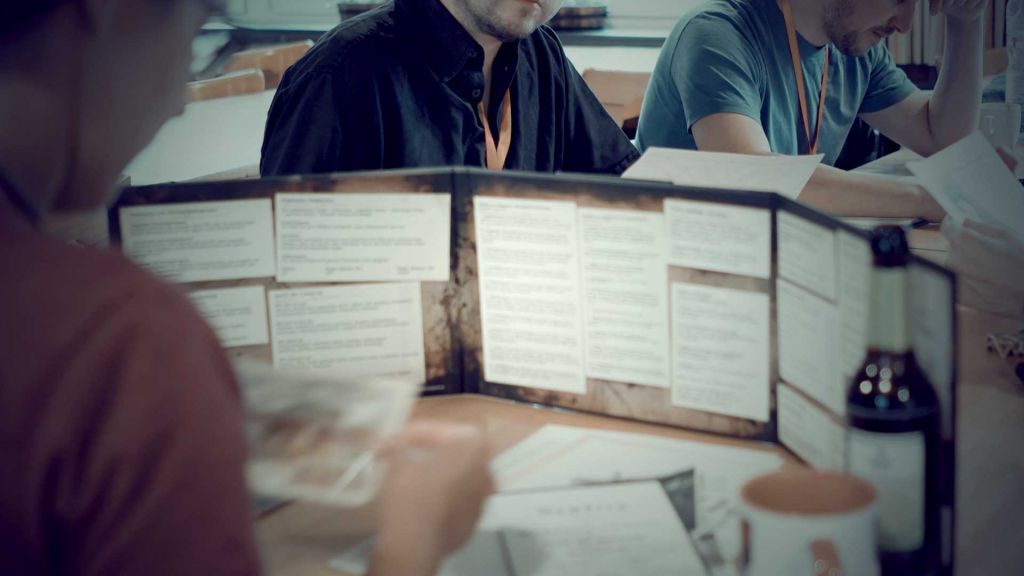
Buy them or make them yourself
For popular tabletop RPGs, such as D&D, Pathfinder, Call of Cthulhu, and Shadowrun, there’s a huge selection of different GM screens available in stores. They are solidly built, show great front designs, and can be bought at reasonable prices. For about $20 to $40 they are a really good deal. The material costs of self-made screens are also around $20 to $40 for cardboard, printing, and protective film. So why build a GM screen yourself?
There are two reasons to make your own GM screens:
a: You’re looking for a GM screen for an RPG system that has no screen available for purchase. That’s the case for nearly all indie games or PBTA systems.
b: You want to have a unique design or use an extravagant material for your GM screen, which is not available elsewhere.
a: You’re looking for a GM screen for an RPG system that has no screen available for purchase. That’s the case for nearly all indie games or PBTA systems.
b: You want to have a unique design or use an extravagant material for your GM screen, which is not available elsewhere.
Over the years I’ve collected both store-bought GM screens and custom-made GM screens. We’ll take a look at them below.
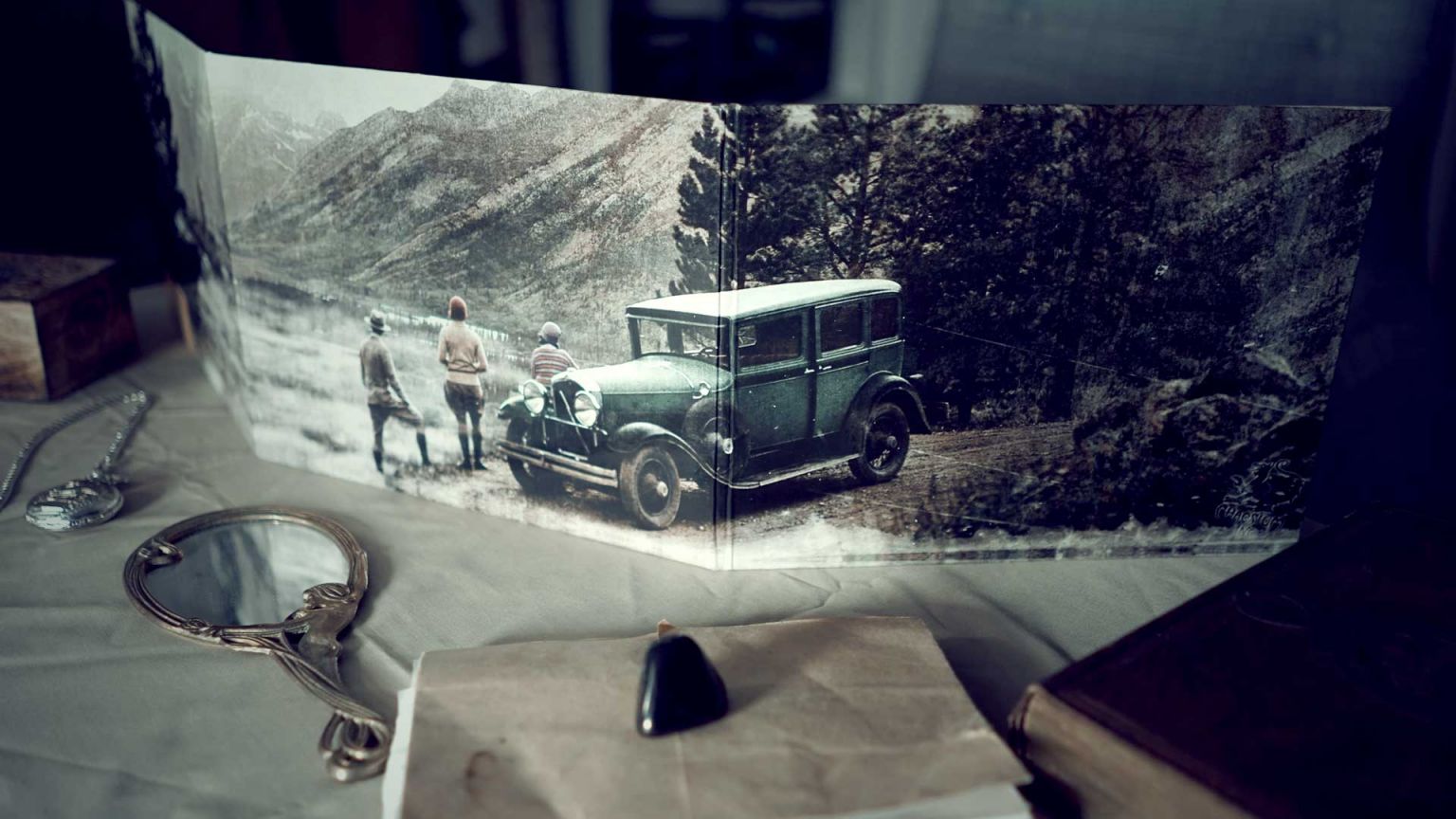
4 criteria to consider when buying a GM screen
1. Durability
Even the most stylish GM screen won’t make you happy if it doesn’t survive being transported in a bag or backpack. Pay attention to sturdy material and also the hinges to make sure your GM screen will last for several game sessions.
2. Size
The most common measurements are three letter-size (or A4) pages in portrait or landscape orientation. But I’d advise against portrait-oriented GM screens. They hide too much of the GMs upper body. It’s better to choose a GM screen that lets your players properly see your body language and gestures.
3. Design
Epic fantasy, flashy steampunk, gloomy sci-fi, or just a minimalistic style. Pick a design that fits your campaign and scenario settings.
4. Price
Off-the-shelf GM screens cost about $20 to $40. For extravagant custom-made designs, you will probably pay a premium between $150 to $200. I’d only invest in such expensive GM screens if you can use them often enough. This is true if you and your group stick with a single RPG for a long time, or if the design is universal enough to fit different settings.
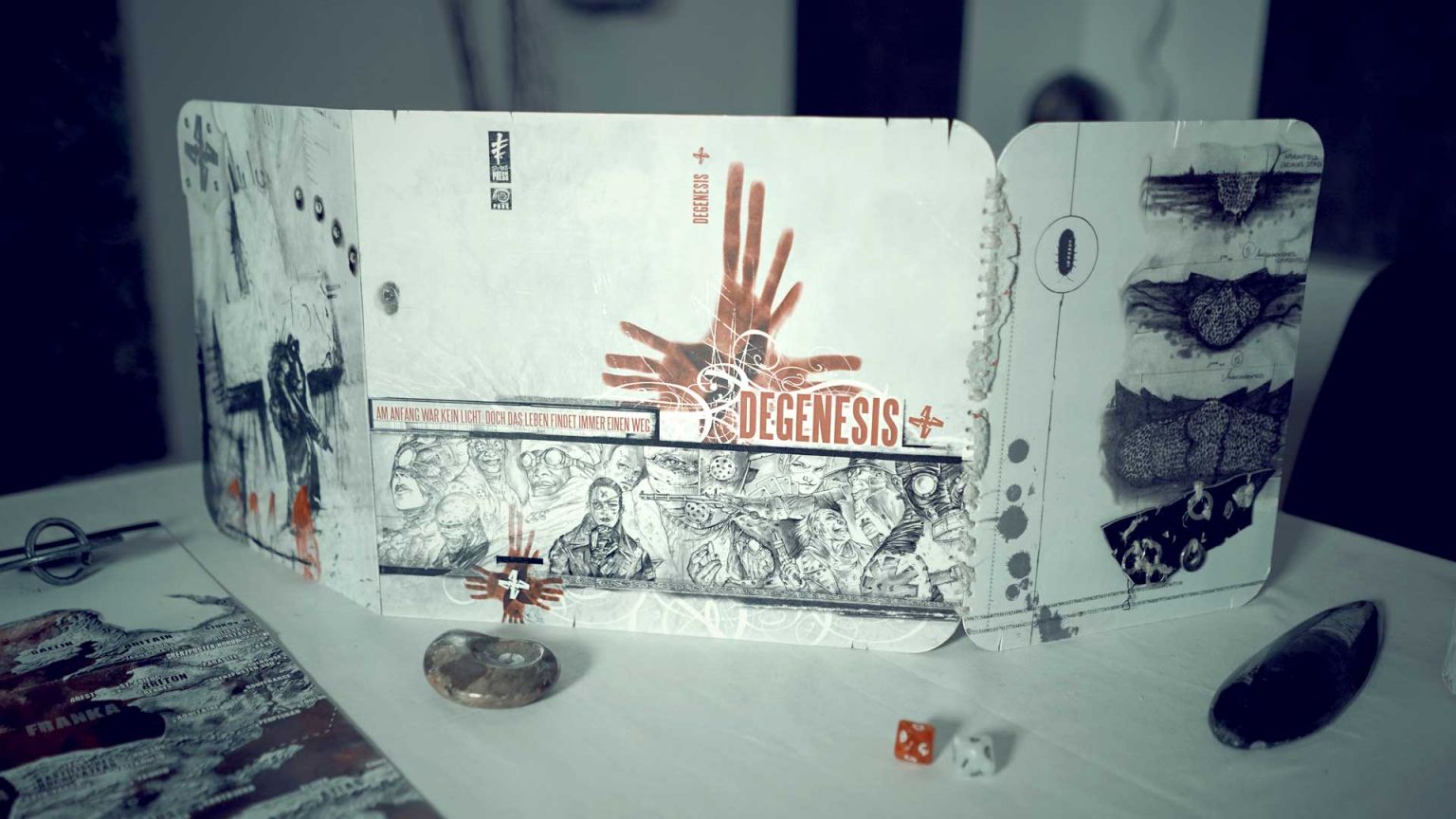
Why I make my own custom GM screens
The main reason is that I’ve GMed a lot of systems lately where there are no GM screens available. I played a lot of Monsterhearts, The Sprawl, and Dungeon World, and there is no official GM screen for any of them. I would not want to GM without a screen, and a generic screen with a universal design would not feel right for me. I want to have a screen with an on-point design that fits the setting. I’m probably a bit picky when it comes to this 😉
Besides, I enjoy making props and tinkering, which includes making custom GM screens. It also helps to work for a company that manufactures laser cutters. We may occasionally use them for practice, and I often end up making a new GM screen from either wood, acrylic, or metal.
GM screens I’ve bought
Here’s a gallery with all the GM screens I’ve bought over the last 15 years. For Call of Cthulhu I’ve even bought several, which I use depending on the scenario and setting of the session.
GM screens I’ve made myself
These self-made GM screens are the real eye-catchers in my collection. See the details below about the materials I’ve used to make them and when I use them.
GM screen for Cthulhu Now and 10 Candles
Materials: Cardboard, adhesive book cover film
GM screen for Warhammer Skaven campaign
Materials: Cardboard, plastic film, goatskin
GM screen for The Sprawl, Mark I
Materials: Laser cut and engraved acrylic, backside painted with acrylic color
GM screen for The Sprawl, Mark II
Materials: Anodised aluminum, laser engraved, magnetic film on the backside
GM screen for Monsterhearts
Materials: Walnut wood, white paint, laser engraved
GM screen for Dungeon World
Materials: Birch wood, UV printed, design from “Darkest Dungeon”
GM screen for Dungeon World
GM screen for Degenesis (post-apocalyptic RPG)
GM screen for Middle Earth RPG (MERP)
Materials: Coated MDF, wooden hinge design via special laser cutting technique
Stay up-to-date – follow us
Never miss a new GM tip or blogpost. Discuss GMing-related questions with the community.
Follow us on social media.
Follow us on social media.
Recent Posts ⏶
Creating Gods for your Tabletop RPG Setting
15. November 2021
Wickedness – A Story Game about Witches
23. September 2021
Dungeon World Session Recap
4. August 2021


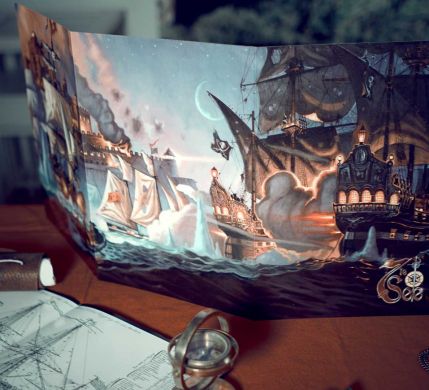
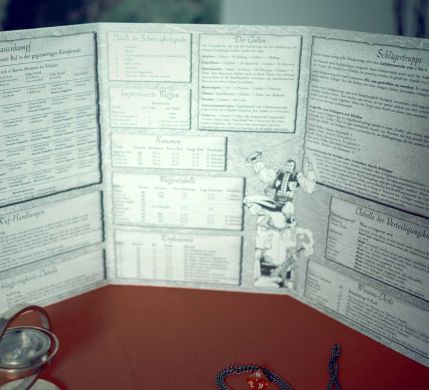
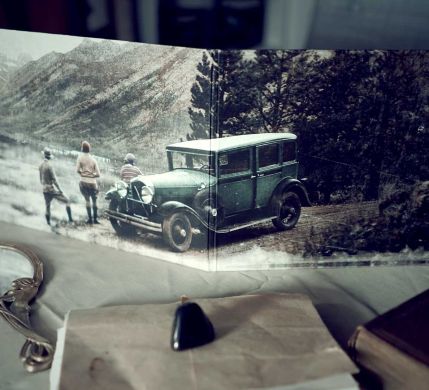
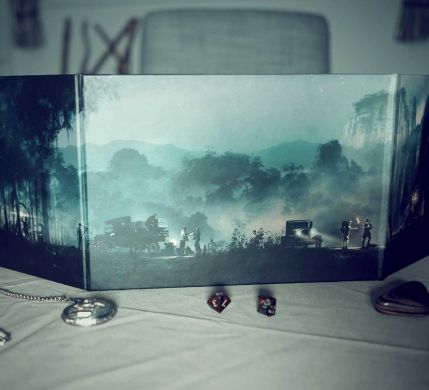
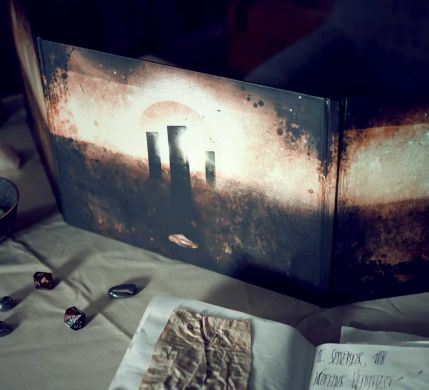
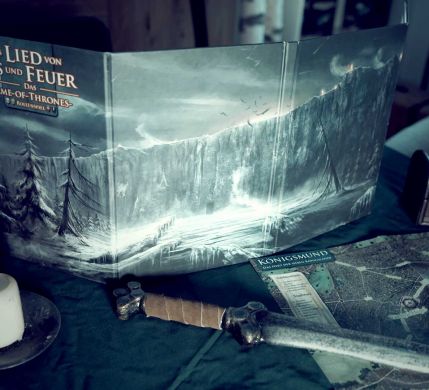
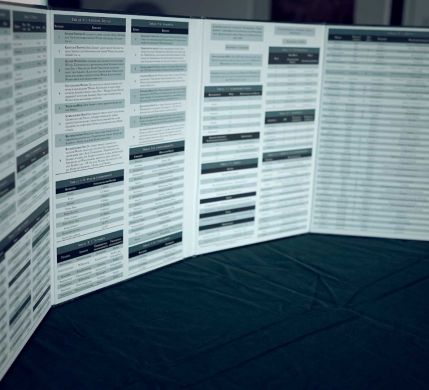
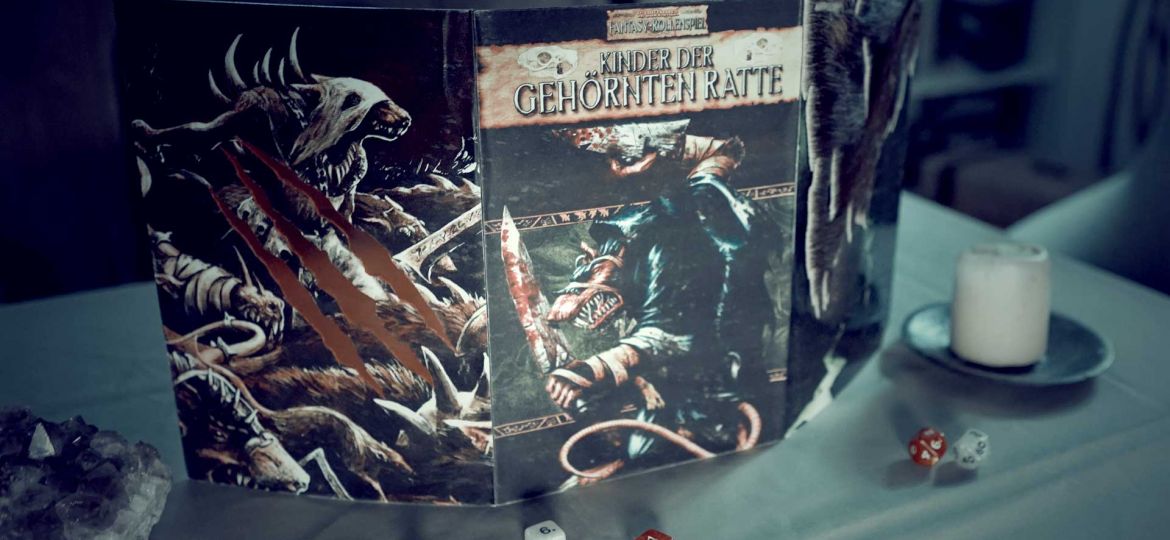
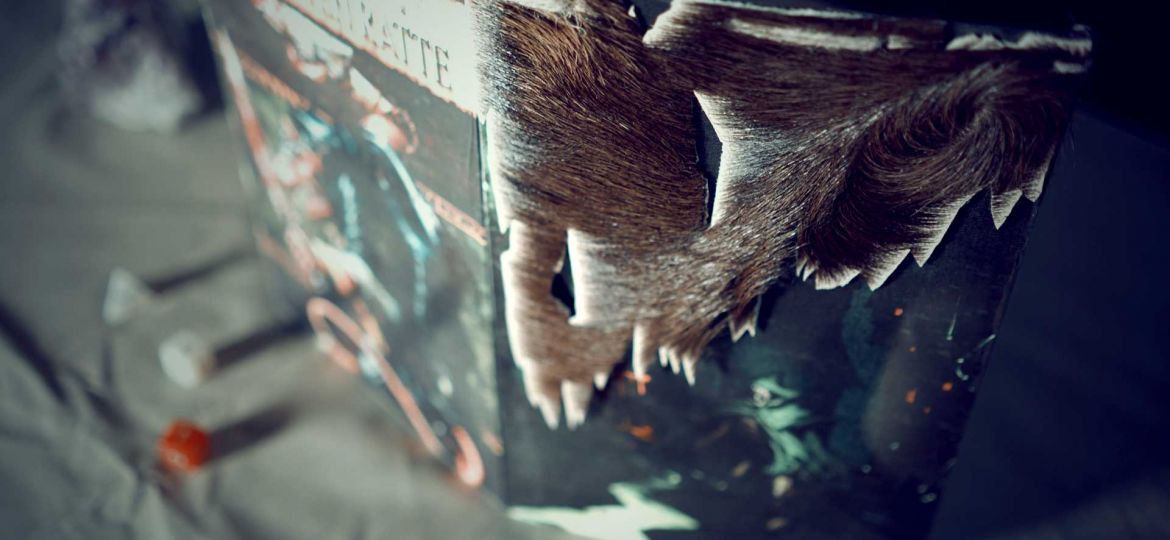
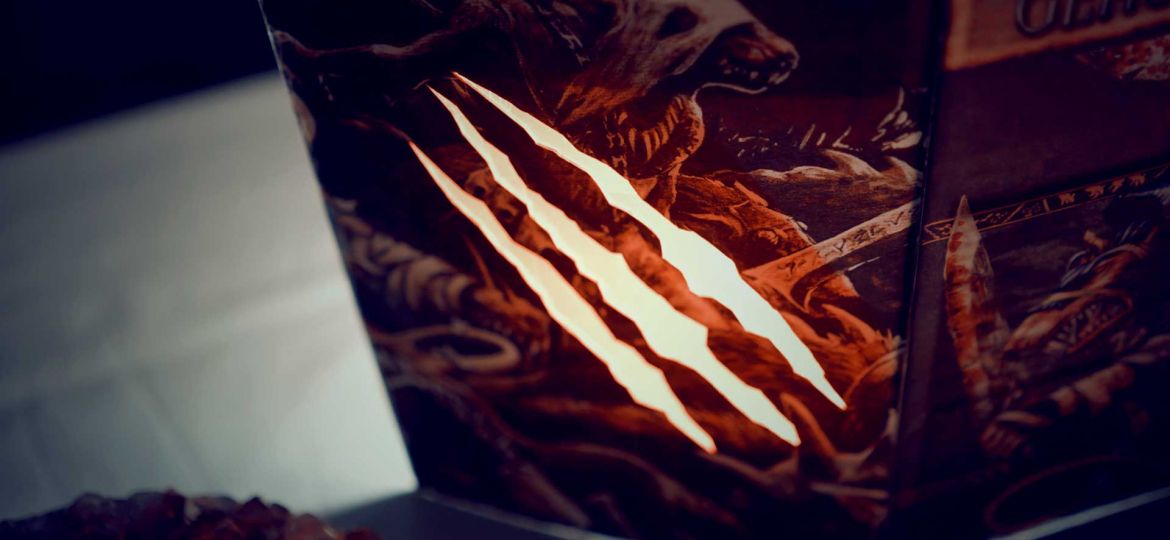
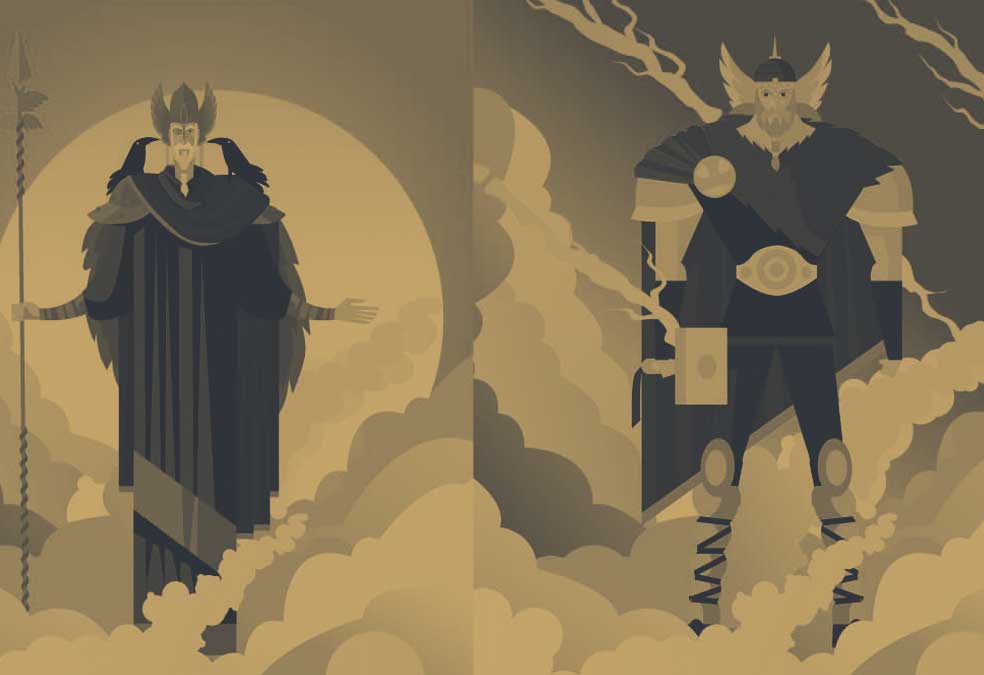
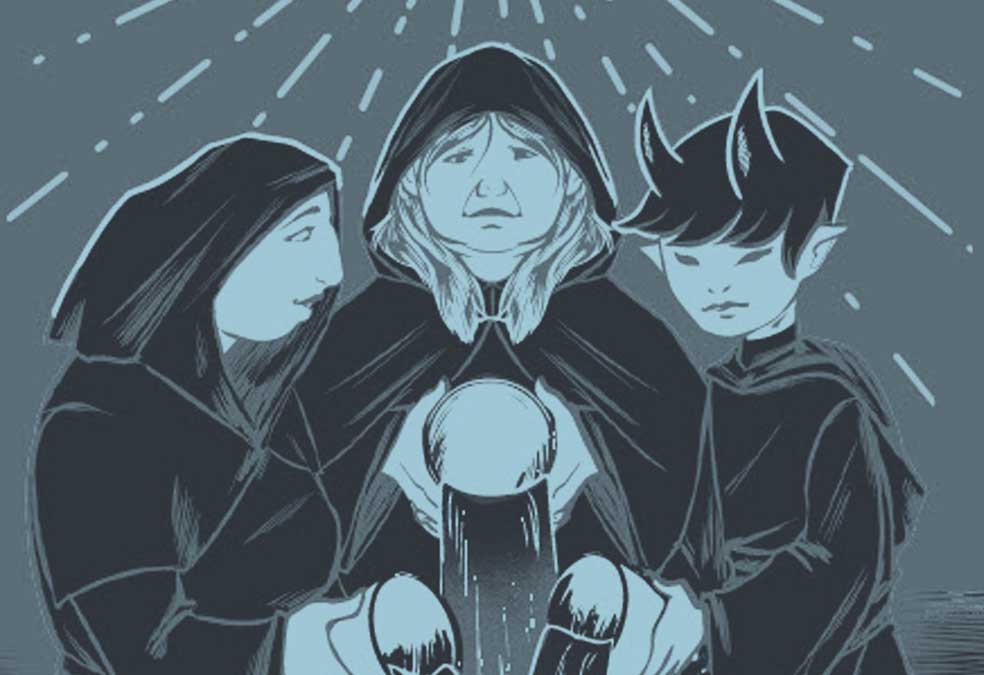
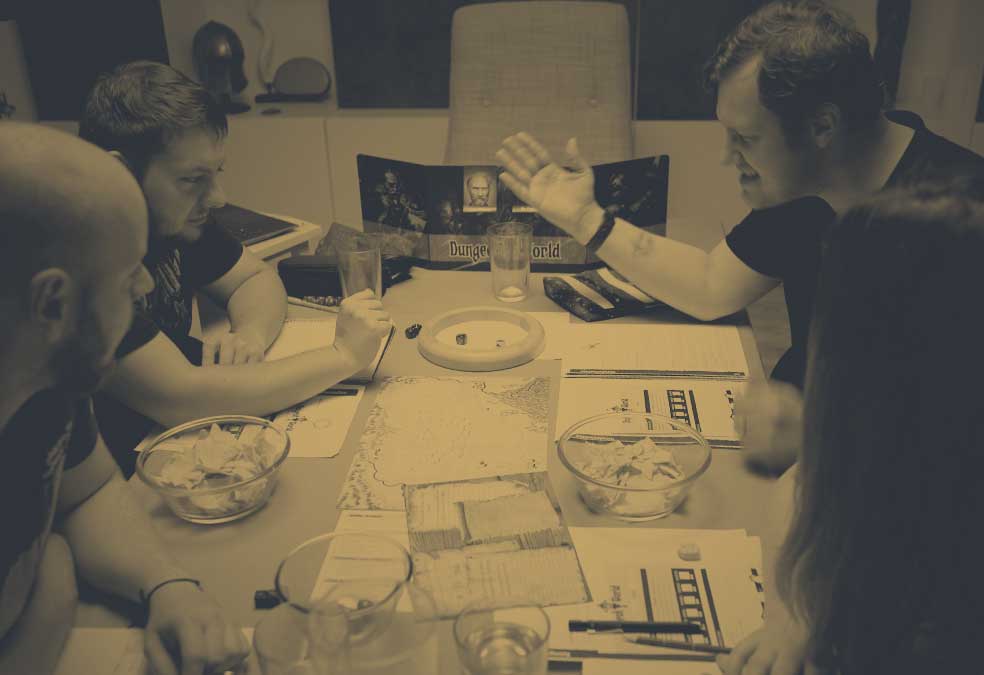
2 thoughts on “GM Screens – My Guilty Pleasure”
Wonderful GM screens, thanks so much for sharing. You’ve put such a lot of love and care into these.
Hey John, thanks for your kind words. I wish I had more time to make more of them.